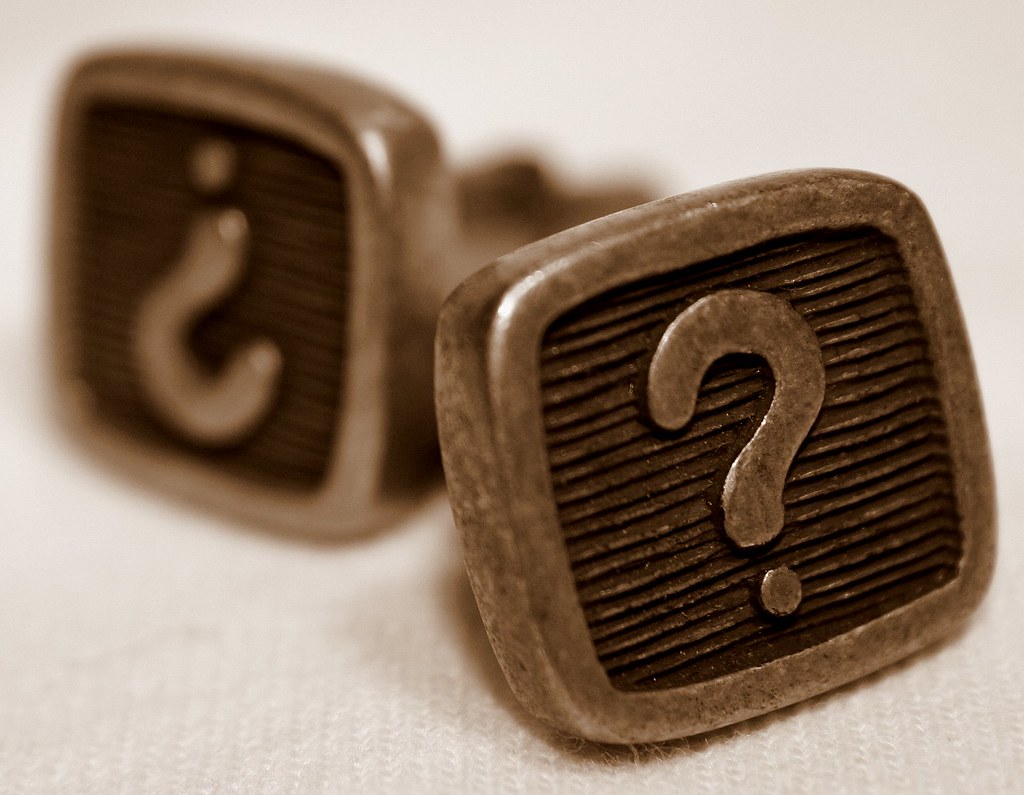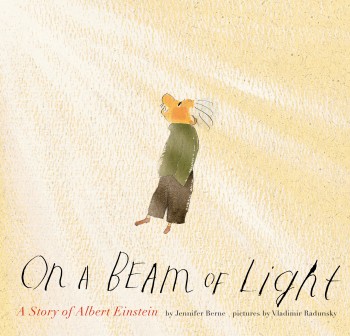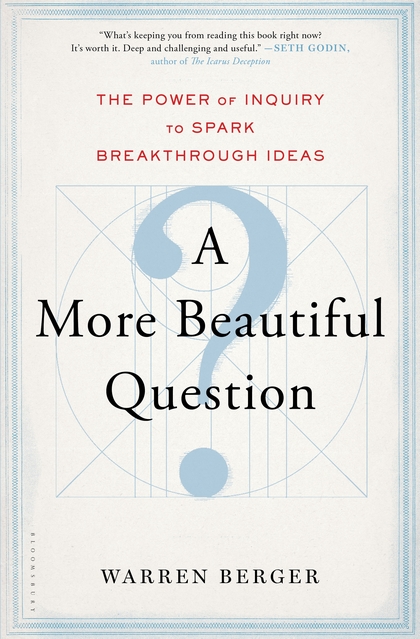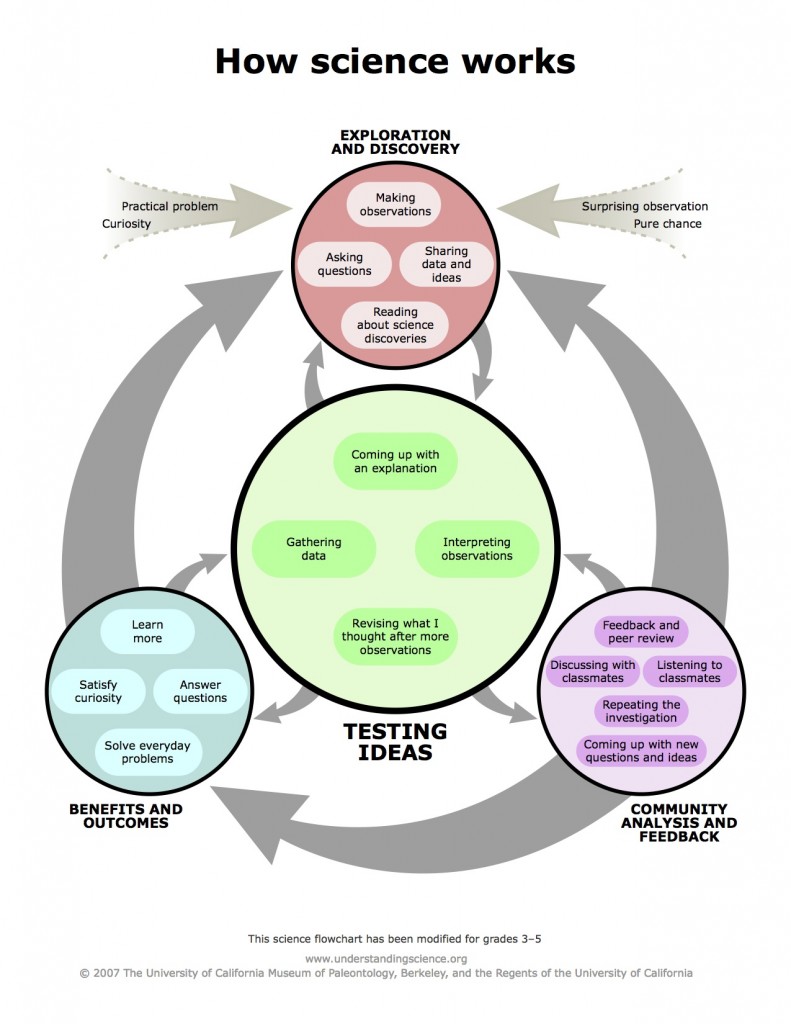
![]() Photo Credit: Oberazzi via Compfight
Photo Credit: Oberazzi via Compfight
This week I read a fun short picture biography of Albert Einstein to the children.
The book helped me introduce the central place questions have in the study of science and, well, just about everything. (I talked about how scientists are like 2-year olds on steroids: they get to ask “Why?” over and over again.)
I’m afraid that we teachers sometimes ask students to answer way more questions than they get to create. This summer I did some reading about how to help children learn to ask more and better questions to guide their learning. One book I read was this:
I used the ideas from that book and some from The Right Question website to design a lesson on how to ask good questions. We’ll practice these as the year goes along. In a nutshell, here is what happened. After we read about Albert Einstein, I gave the students a short list of rules about how to brainstorm questions. Then I gave them a thinking prompt in the form of an observation that I had made after a walk with my dogs around our prairie:
Dragonflies appeared in large numbers near my house yesterday.
Here are the children at work.
We collected the questions. Here is a sampling:
- Where did the dragonflies come from?
- How many were there?
- Is there more than one kind?
- What are they doing?
- Are they eating anything?
- When did the dragonflies come…exactly?
- Are the dragonflies still there?
Then we talked about how I might be able to answer these questions. Suggestions like these came up:
- You could sit and watch them for awhile to see what they were doing. Make sure you write down everything they are doing.
- You could try to catch some and put them in the freezer so you can see what they look like. Maybe you could identify them that way.
- You could take pictures or videos of them flying so you could see what they were doing.
These were awesome ideas. (In fact, I’m thinking of doing some of these on Sunday afternoon just to see if I can find out some of the answers.) And that is just the kind of thinking (and activity) scientists get to do for a living.
Finally, here is a cool chart of the “scientific method” that we will use throughout the school year. I was pleased, though, how well our first attempt to think like a scientist went.








